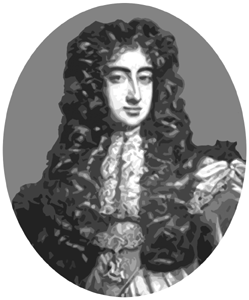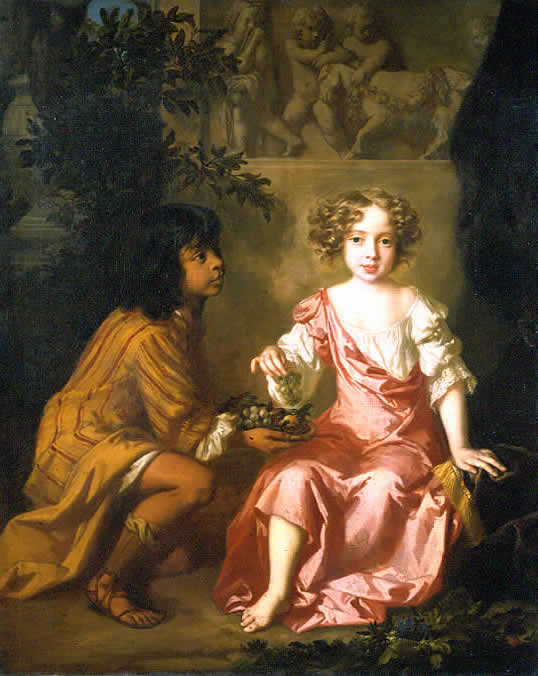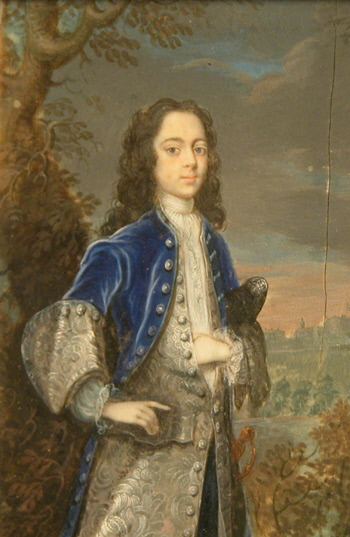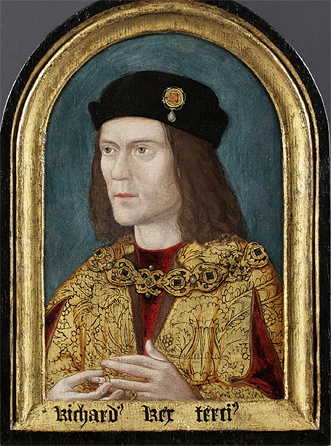by Susan Flantzer
© Unofficial Royalty 2024

Barbara Palmer, 1st Duchess of Cleveland and her daughter Lady Barbara Fitzroy; Credit – Attributed to Thomas Pooley – http://www.galleryofthemasters.com/p-folder/pooley-thomas-john-stearne.html, Public Domain, https://commons.wikimedia.org/w/index.php?curid=95769829
Despite fathering many illegitimate children with his mistresses, King Charles II of England had no children with his wife Catherine of Braganza. Charles II is an ancestor through his mistresses of many British aristocrats and of several women who married into the British Royal Family. Lucy Walter and Charles II are ancestors of Sarah, Duchess of York and Princess Alice, Duchess of Gloucester. Barbara Palmer, 1st Duchess of Cleveland and Charles II are ancestors of Diana, Princess of Wales and Sarah, Duchess of York. Louise Renée de Penancoet de Kérouaille, Duchess of Portsmouth and Charles II are ancestors of Diana, Princess of Wales, Queen Camilla, and Sarah, Duchess of York.
Born July 16, 1672, at her mother’s home, Cleveland House in London, England, Lady Barbara Fitzroy was the illegitimate daughter of Barbara Palmer, 1st Duchess of Cleveland in her own right. Around the time of Lady Barbara’s birth, Louise de Kérouaille was replacing her mother as King Charles II’s primary mistress. There are questions about Lady Barbara’s paternity. Barbara Palmer had several lovers before Lady Barbara’s conception. Her mother claimed that she was King Charles II’s daughter but possibly she was the daughter of her mother’s second cousin and lover John Churchill, later the 1st Duke of Marlborough. Philip Stanhope, 2nd Earl of Chesterfield, who Lady Barbara resembled, was also a lover of Barbara Palmer. Roger Palmer, 1st Earl of Castlemaine, the husband of Lady Barbara’s mother, believed her to be his daughter, and left his estate to her. King Charles II informally recognized Lady Barbara by giving her the surname Fitzroy. The surname Fitzroy comes from the Anglo-Norman Fitz, meaning “son of” and Roy, meaning “king”, implying the original bearer of the surname was a child of a king.

Lady Barbara’s mother Barbara Palmer, 1st Duchess of Cleveland; Credit – Wikipedia
Lady Barbara’s mother was born in 1640 as Barbara Villiers, the only child of William Villiers, 2nd Viscount Grandison and Mary Bayning. In 1643, Barbara’s father died in the First English Civil War, leaving his 18-year-old widow and his three-year-old daughter in financial difficulty. Barbara’s mother soon married Charles Villiers, 2nd Earl of Anglesey, her late husband’s cousin. The marriage was childless and Barbara’s stepfather died from smallpox in 1661. Barbara Villiers was considered one of the most beautiful of the young Royalist women but her lack of a dowry did not help her marriage prospects. In 1659, she married the Roman Catholic Roger Palmer, later 1st Earl of Castlemaine, against his family’s wishes. In 1660, Barbara became Charles’ mistress.
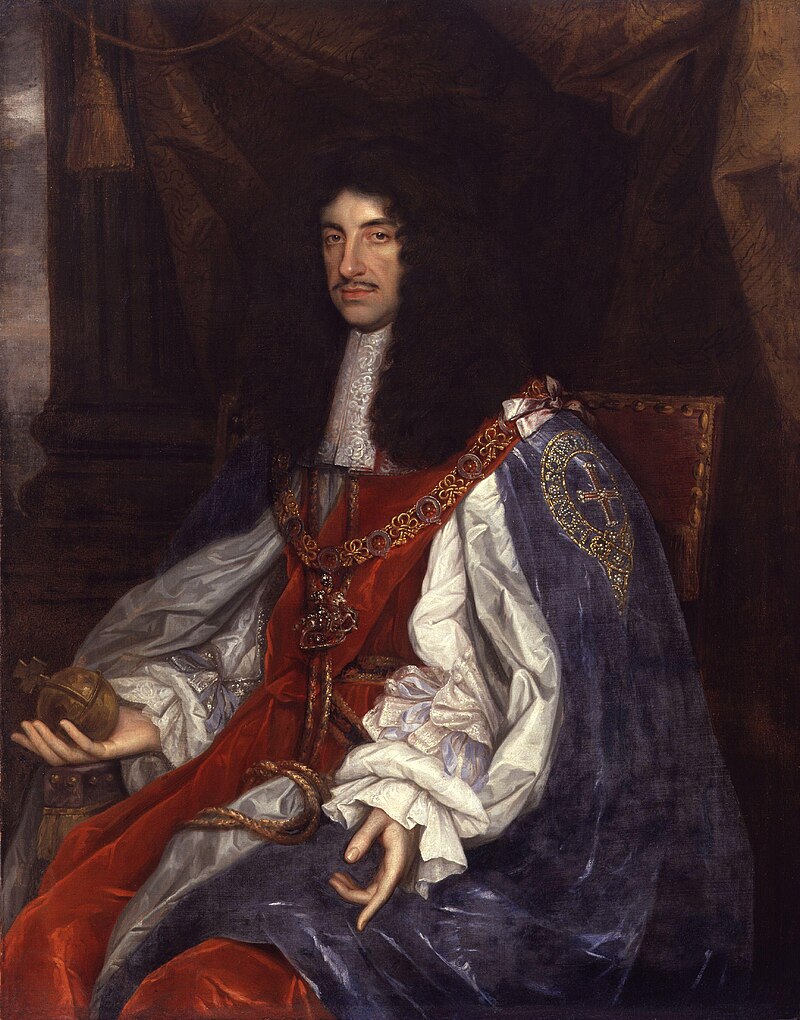
King Charles II of England; Credit – Wikipedia
Besides her namesake, Barbara gave birth to five other children and it is surmised that they were all the children of King Charles II. Through their children, Barbara Palmer and King Charles II are the ancestors of Diana, Princess of Wales and Sarah, Duchess of York, and their children Prince William, Prince Harry, Princess Beatrice, and Princess Eugenie. As a reward for Barbara’s services, Charles II created Roger Palmer Earl of Castlemaine in 1661.
The children of Barbara Palmer, probably the children of King Charles II, and therefore, probably the full siblings of Lady Barbara, if she was his child. At the very least, they are her half-siblings.
- Lady Anne FitzRoy (1661 – 1721), married Thomas Lennard, 15th Baron Dacre, 1st Earl of Sussex, had four children
- Charles Fitzroy, 2nd Duke of Cleveland, 1st Duke of Southampton (1662 – 1730), married (1) Mary Wood, no children (2) Anne Pulteney, had six children
- Henry Fitzroy, 1st Duke of Grafton (1663 – 1690), married Isabella Bennet, 2nd Countess of
- Arlington in her own right, had one son
Lady Charlotte Fitzroy (1664 – 1718), married Edward Lee, 1st Earl Lichfield, had eighteen children - George Fitzroy, 1st Duke of Northumberland (1665 – 1716), married (1) Catherine Wheatley, no children (2) Mary Dutton, no children
On November 22, 1689, 17-year-old Lady Barbara became a novice at the Benedictine English Priory of St. Nicholas in Pontoise, Normandy, France, taking the name Sister Benedicta. On April 2, 1691, Lady Barbara professed her final vows as a nun. In 1721, Lady Barbara became prioress of the convent. On May 6, 1737, Lady Barbara, aged sixty-five, died at the Benedictine English Priory and was buried in the church there. There are claims that Lady Barbara had an illegitimate son with James Hamilton, 4th Duke of Hamilton. However, many historians find it unlikely because the supposed child, Sir Charles Hamilton, was born in 1691, two years after Lady Barbara entered the English Priory of St. Nicholas in Pontoise, France as a novice.

Memorial to Lady Barbara at the Cathédrale Saint-Maclou de Pontoise in Pontoise, France; Credit – Wikipedia
This article is the intellectual property of Unofficial Royalty and is NOT TO BE COPIED, EDITED, OR POSTED IN ANY FORM ON ANOTHER WEBSITE under any circumstances. It is permissible to use a link that directs to Unofficial Royalty.
Works Cited
- Beauclerk-Dewar, Peter & Powell, Roger. (2006). Right Royal Bastards – The Fruits of Passion. Burke’s Peerage & Gentry LLC.
- Flantzer, Susan. (2020). Barbara Palmer, 1st Duchess of Cleveland, Mistress of King Charles II of England. Unofficial Royalty. https://www.unofficialroyalty.com/barbara-palmer-1st-duchess-of-cleveland-mistress-of-king-charles-ii-of-england/
- Flantzer, Susan. (2016). King Charles II of England. Unofficial Royalty. https://www.unofficialroyalty.com/king-charles-ii-of-england/
- Fraser, Antonia. (2002). King Charles II. Phoenix.
- Lady Barbara FitzRoy. (2024, June 2). In Wikipedia. https://en.wikipedia.org/wiki/Lady_Barbara_FitzRoy
- Weir, Alison. (2008). Britain’s Royal Families – The Complete Genealogy. Vintage Books.

